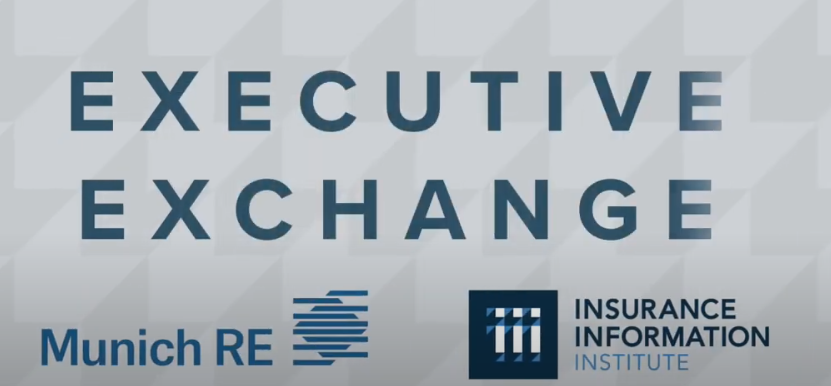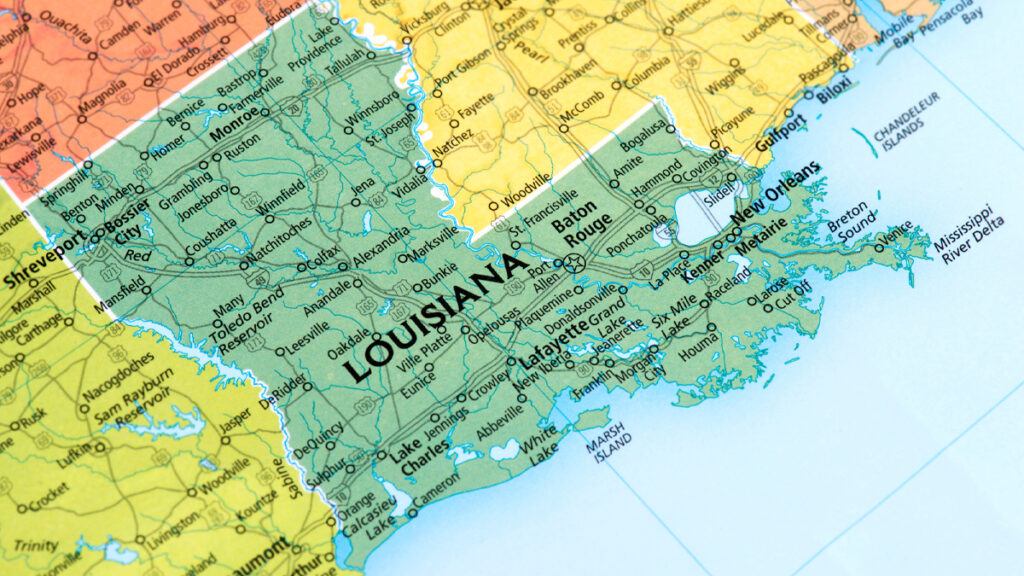
Triple-I recently launched its “Resilience Ratings” – a tool that helps quantify the impact of the insurance protection gap on the speed of economic recovery after extreme weather events and prioritize preemptive risk-mitigation strategies.
You can view the resilience ratings’ interactive map here.
The ratings are part of the Triple-I’s Resilience Accelerator initiative to help drive behavioral change when it comes to pre-emptive risk mitigation. They cover 1,203 counties in 19 states along the Eastern Seaboard and the Gulf of Mexico. Each county is assigned an overall resilience rating and sub-ratings for insurance coverage, storms and recovery, and socio-economic variables.
All 1,203 overall country ratings and 3,609 county sub-ratings will be available to the media and public until October 22, at which time county sub-ratings will be available to Triple-I members only. You can email Deena Snell, Membership Director, for more information about becoming a Triple-I member.
The resilience ratings help to identify counties where investing in reducing the protection gap will be most effective. “Protection gap” refers to the difference between exposure to a hazard and the insurance coverage in place for that risk. For example, only 1 in 6 homes in the United States is insured against flood, yet 90 percent of natural catastrophes in the country involve flooding. Knowing where the rate of recovery from natural disasters is fastest and where it’s slowest can help the industry prioritize its efforts.
You can view a map of flood zone exposure across the country here and of flood insurance take-up rates here.
Dr. Michel Léonard, CBE — Triple-I vice president, senior economist, and head of economics and analytics — presented the new ratings in a webinar for Triple-I members. (Members can see Dr. Leonard’s presentation by accessing this Triple-I members-only link.)
“Triple-I’s new resilience ratings quantify the relationship between recovery speed and two key community resilience drivers: insurance readiness and socio-economic equity,” Dr. Léonard told the audience. “Until now, we lacked a quantifiable measure of the impact of the protection gap on recovery speed after extreme-weather events – given other key drivers, such as socio-economic equity and infrastructure strength.”
“If we want to know how to best use insurance, we have to have a sense of when it is more or less efficient,” he added.
The ratings were developed as part of Triple-I’s expanding data-driven insurance analytics, which can be viewed on our Resilience Accelerator’s Hub. Among other innovations, the model uses energy consumption as a proxy for economic recovery, defining “speed of economic recovery” as the number of weeks for electricity consumption to return to pre-event levels. Don’t hesitate to contact Dr. Leonard for more information about the ratings or the underlying methodology.










